I’m in a Vera Pizza Napoletana Kind of Mood
I don’t think I need to explain what the Vera Pizza Napoletana (VPN) certification is in detail, but to anyone who’s just wandered by our site, who may not know, the VPN was established as a denomination of control (DOC) by the Italian government to designate and identify pizzerias who meet and follow strict requirements that respect the traditions and art of true Neapolitan Pizza making.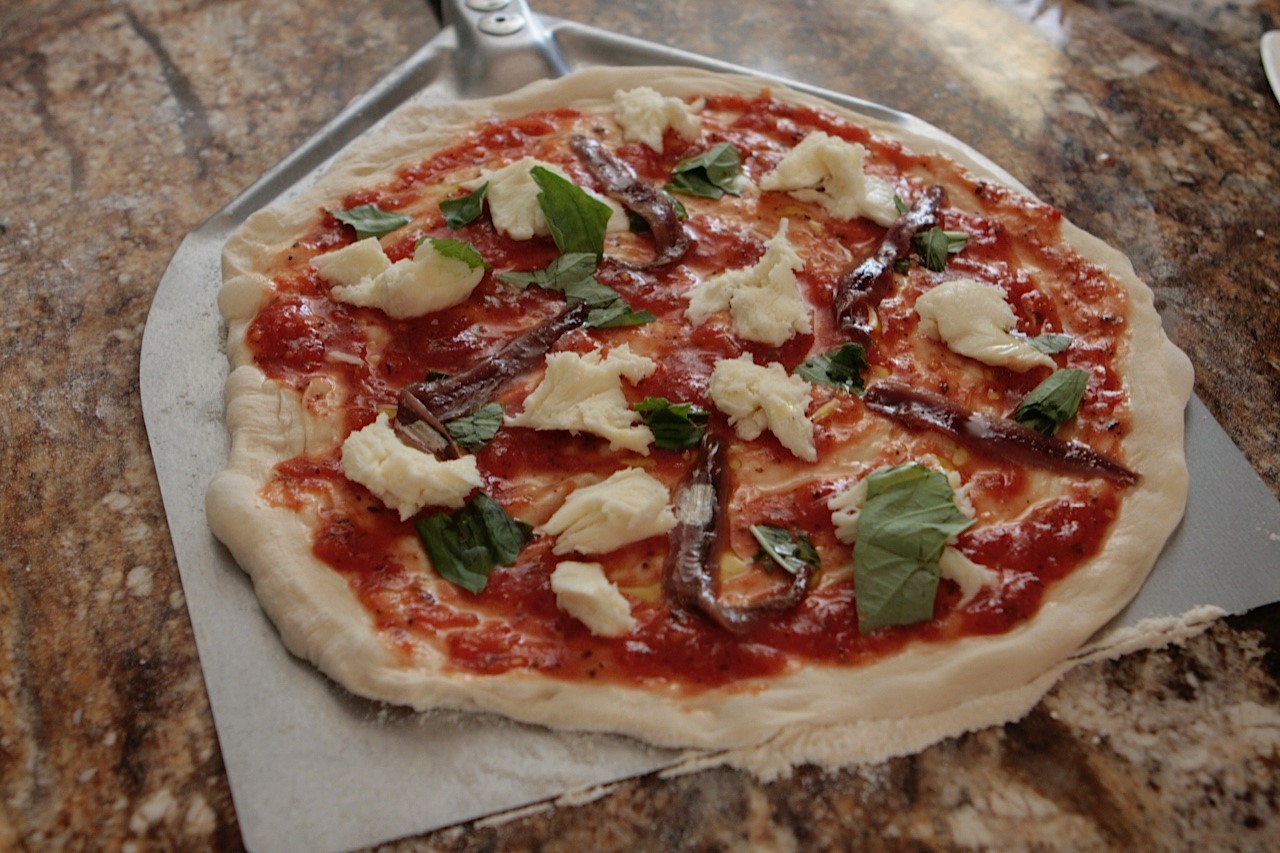
What the VPN does is work to try to maintain the origins and traditions of Napoletana pizza by establishing rules and guidelines about the use of ingredients and processes in creating pizzas in the age old Neapolitan traditions. I don’t know about you, but I crave this connection and dedication at times. The doughs are simple and yet sooo delicious! There’s nothing complex to the dough: “00” flour, salt, yeast, water. Yet, producing a brilliant dough in this style out of my own oven has been a difficult task. I’ve made some good pizzas and maybe even some “great” ones in this style, but by my definition none of them came close to the most brilliant doughs I’ve had by so many master pizzaiolos that we’ve met here on Pizza Quest.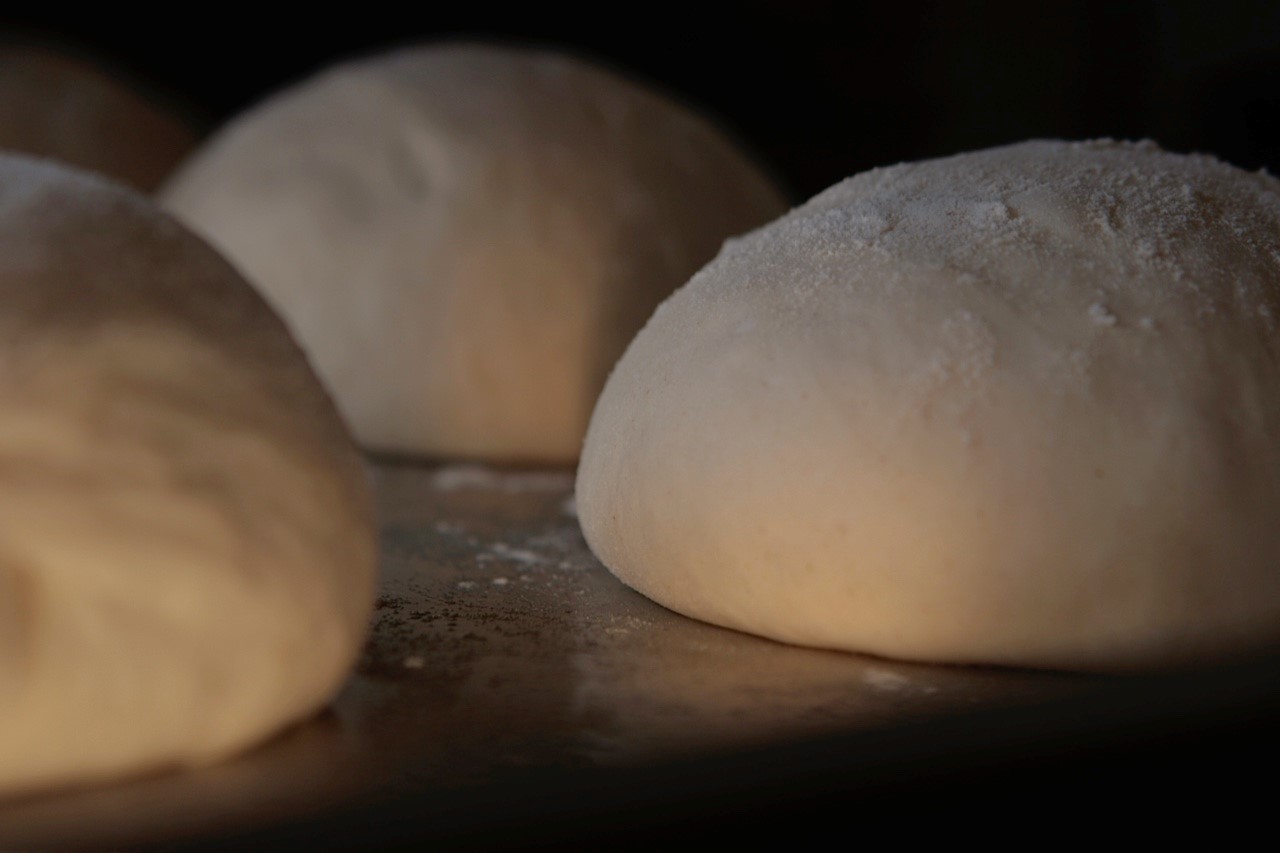
Every time I make a pizza I learn something. I surpass my expectations with one aspect of the pizza and probably dash my dreams over another. A week after I made the best dough I think I’ve ever created the next batch falls terribly short. The topping ingredients are the easy part. There are true artisans, craftspeople, artists out there who have perfected their products. I can buy a truly inspiring salumi, fresh artisan mozzarella, local farmers market herbs and vegetables, the best tomatoes etc.People like Rob DiNapoli and Chris Bianco are out there focusing on producing amazing tomato products. But the one aspect we have to perfect at home, all by ourselves, is the dough!
Pizza isn’t easy for that reason. The dough is a living, breathing entity. If you haven’t seen it, watch this presentation Peter Reinhart gave on TED about the life of bread. *LINK It’s really fascinating. Pizza dough is the same. It’s an ever changing, evolving thing that starts as dry ingredients, is transformed into a wet dough ball that grows as the yeast and sugars in the flour interact, and then is cooked and dried again in the oven creating a pizza. That’s a difficult process to get right – especially with consistency.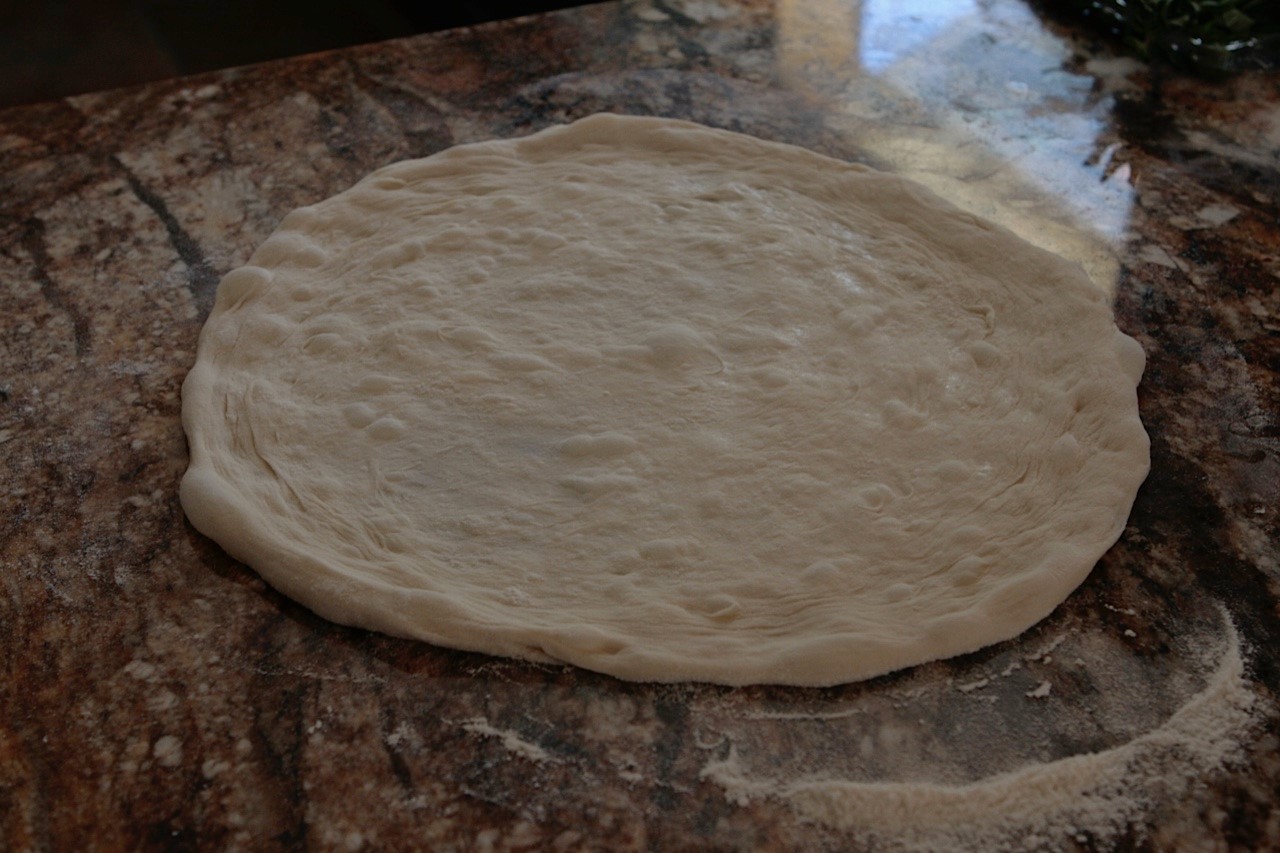
Then try working in a Wood Fired Oven! That adds a whole lot of variables, but what I love about it is that you can’t just dial in an exact temperature or place your pizza, salmon, veggies, steak, or pork roast into the oven and walk away while a digital timer ticks down to “DONE”! You can’t even repeat what you did the last time you cooked. Each fire is different. Each day is different. Each time you go into your wood fired oven it’s a dance between you, your food and the wild elements at work. To me, that’s brilliant. I never follow a recipe to the letter. Instead, I like to use most recipes as a guide. Making pizza in a wood fired oven is the same. Success requires your past experiences and current senses to guide you and that is so much fun and the pay off is awesome.
Pizza is always a dance to be sure. Even when cooking in my home oven, where the temperature can be set to an exact temperature and I’ve rigged my oven with 2 pizza stones and a baking steel to help regulate the heat distribution, I still have to dance the jingo-jango to coax the best pizza out of the oven!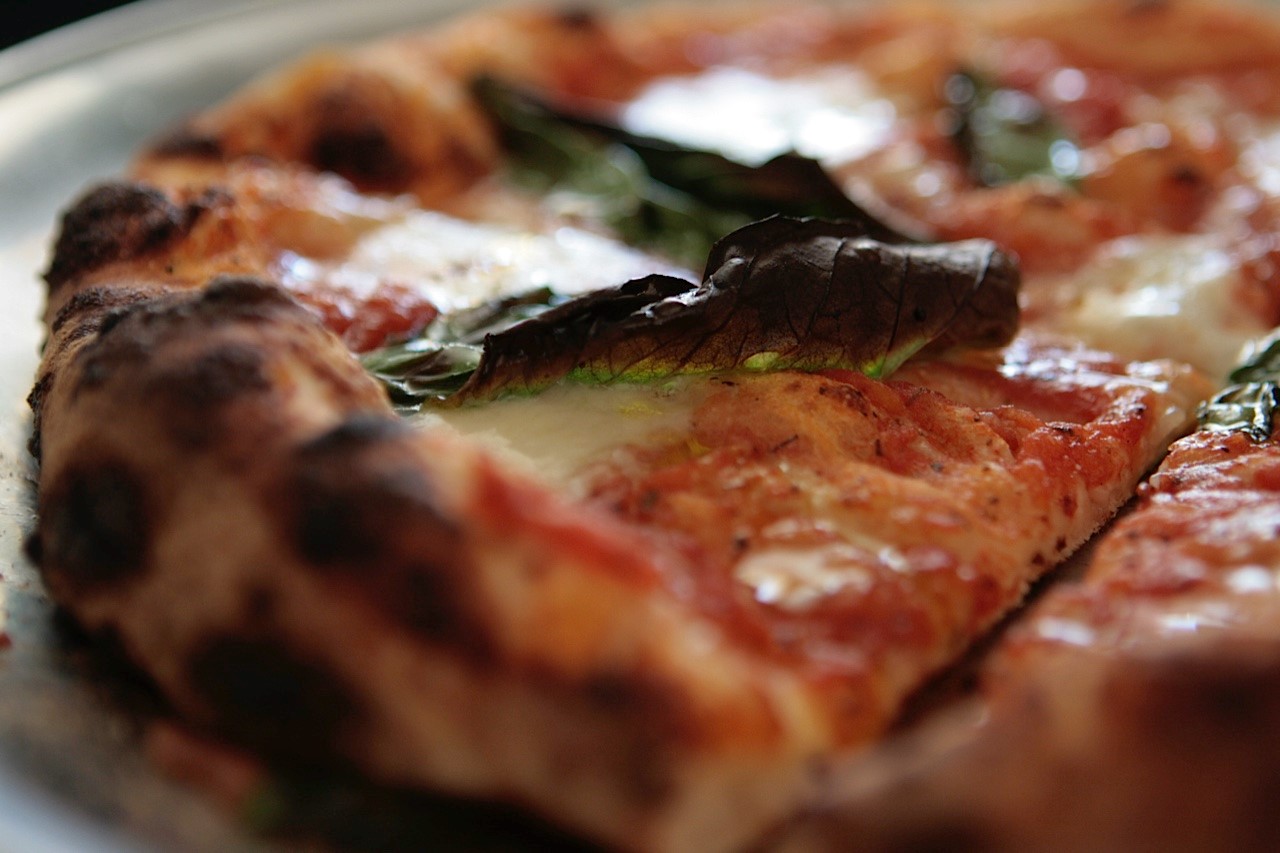
Following are some photos of my VPN dough using a 00 Flour and my roaring hot Primavera Oven. I’ll do some recipes for the pizzas in another post. I normally would just post a recipe about each pizza I made, but, for now, let me just say that I came close to pure pizza joy and perfection — and close is pretty pretty good!
Enjoy….
Recent Articles by Brad English
Add Comment
You must be logged in to post a comment.



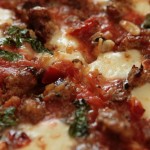

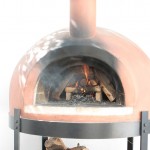

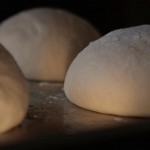
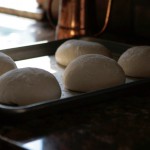
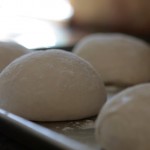
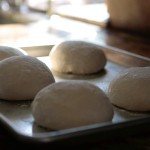
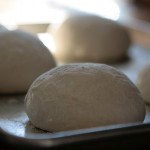


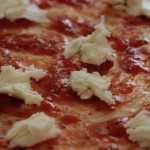
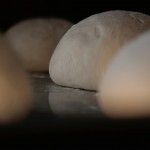

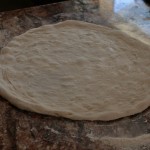
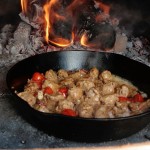
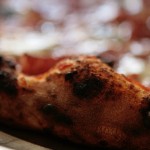

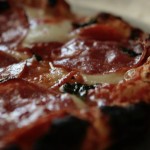


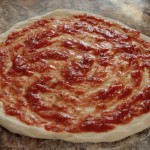








It’s NY, not Neapolitan, but it’s fast baked NY, which, imo, is far superior to slower baked NY.
But, you can’t see the benefits of this fast bake on steel without being a bit of a geek 🙂 If you’re not timing your NY style oven bakes, you should be. The place where NY style in a home oven meets the artisanalness of faster baked pizza in a wfo is around 4-5 minutes. To hit this, you really need to pre-heat the steel to 550. If you have a stone above the steel, it’s not going to pump out out sufficient IR to match the rate the bottom bakes at. To achieve a balanced bake you’ll need top heat in the form of a broiler- maybe not for all the bake, but, at least for half.
Baking with only a single steel and a broiler will certainly limit your output, but if output is important to you, then you might consider tracking down heavier weight steel. That gives you fast bakes and high output.
I’m guessing that, with your affiliation with this site, the steel plate might have been a gift, so you might not have put a great deal of research into it, but, I promise, you can get a lot more out of it than you’re currently getting. Steel plate, for the people with the right oven, is the baking surface equivalent of a Ferrari. What you’re doing it with it now would be akin to driving a Ferrari at 50 MPH. Wile there’s nothing inherently wrong with driving a Ferrari at slower speeds, especially if it makes you happy, just once, I highly recommend putting the pedal to the metal and seeing how it feels 🙂
What are some of the other uses — the Ferrari uses — that we can do with the steel? Would love to hear more about how to get the most out of it.
Convection helps brown the top faster. It can’t match the heat of a broiler, but, when combined with a top stone as a ceiling, I can see how you’d be hitting a very respectable 6 minutes. It still might be worth trying to coax a 4 minute bake, though, by using a single steel and the broiler, since 4 and 6 tend to produce slightly different results, and experiencing a 4 minute bake, at least once, is worthwhile, imo.
You can pre-heat the steel plate to 550, and, if you leave the door slightly ajar, the broiler will kick on. The bottom of the pizza bakes with the heat stored in the pre-heated steel, so leaving the door open will have no impact on that aspect.
Steel is a great conductor, making it a great baking surface, but it offers no special features as a ceiling.
Put your single steel plate on a shelf about 5″ below the broiler, preheat, and, during the bake, crack the door, and use the broiler for about half the time.